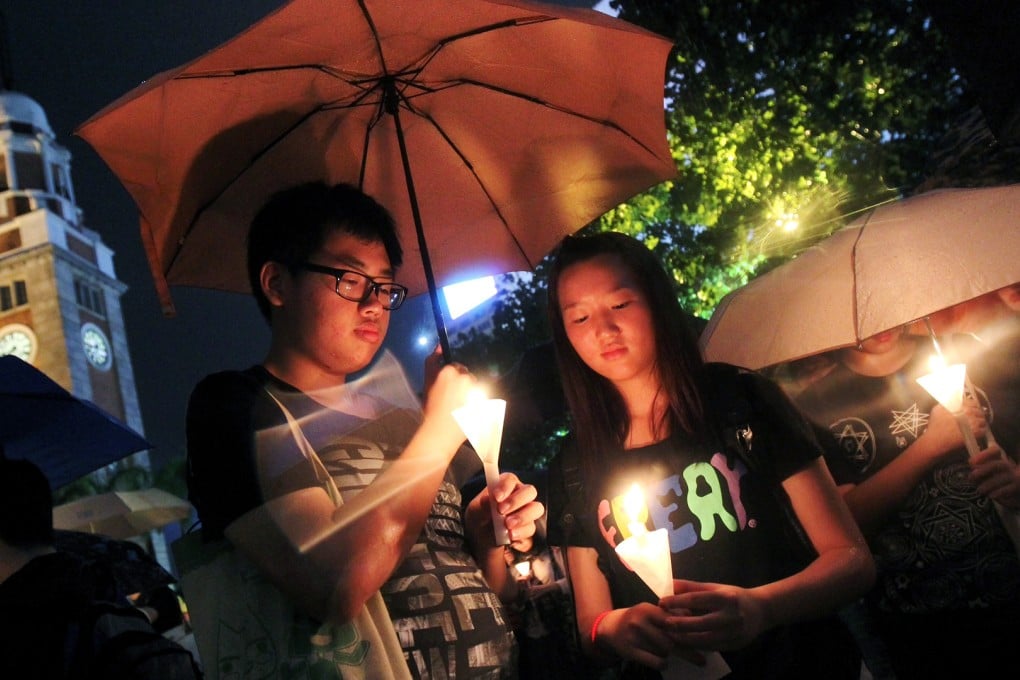June 4 vigil shows that one country, two systems principle is working well
Within two weeks of today's 26th commemoration in Hong Kong of the June 4 crackdown in Tiananmen Square, the city's lawmakers are scheduled to debate the government's reform package for the 2017 chief executive election.

Within two weeks of today's 26th commemoration in Hong Kong of the June 4 crackdown in Tiananmen Square, the city's lawmakers are scheduled to debate the government's reform package for the 2017 chief executive election. In the absence of concessions from Beijing, pan-democrats are expected to vote down the package.
Although the two events appear unconnected, in their own ways they reflect conflicted sentiment in Hong Kong about progress towards democracy under the one country, two systems concept.
Tonight's candlelight vigil in Victoria Park may be testament to enduring feelings the tragedy still arouses in this city. But the commemoration also remains a factor in the discord between local democrats and Beijing, which stands by the official verdict that it was necessary to use the PLA to crush student demonstrations in June 1989.
Ironically, however, the vigil also confounds pessimism over one country, two systems.
If there is a single piece of evidence that refutes doubts and proves that the concept can still work, it is that the city is now famous for hosting every year, on Chinese soil, the biggest commemoration of a modern political tragedy that remains taboo on the mainland.
Moreover, its relevance prevails. After 26 years it still resonates with contemporary events, such as President Xi Jinping's unprecedented crackdown on official corruption - one of the issues in the Tiananmen Square protests - and the continued curbs on free speech and dissent.